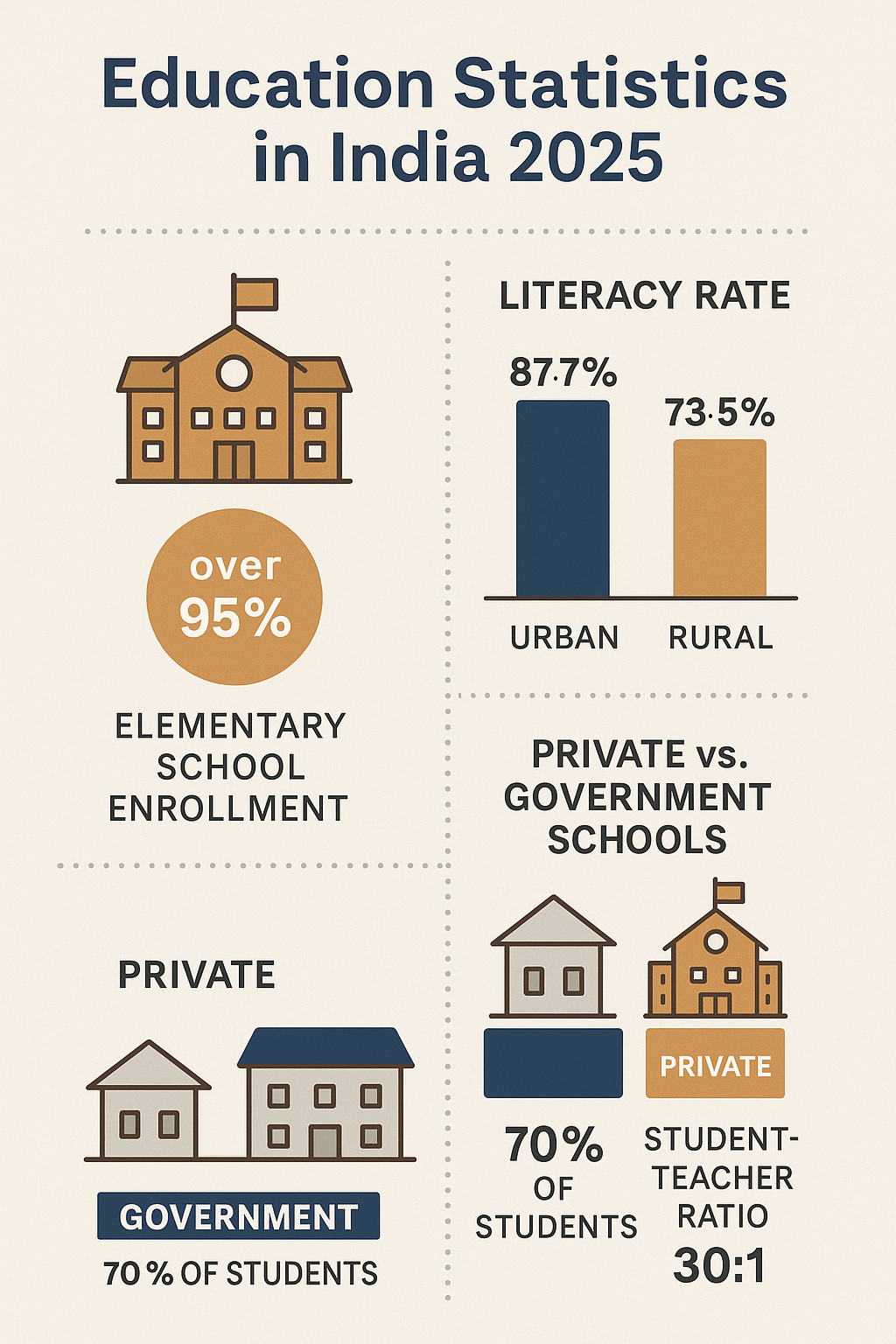One Nation One Education | Equal Education for All in India
Education is often called the greatest equalizer — the tool that empowers individuals to break free from the shackles of poverty and build a better life. In a diverse country like India, One Nation, One Education is not just a slogan; it’s a vision of a future where every child, regardless of their economic background, has access to the same quality of education.
But where do we currently stand, and why is equal education so important, especially for the underprivileged? Let’s explore.
Why Education is Critical for Underprivileged Communities
For millions of children living in poverty, education is their only hope for a better future. Quality education equips them with knowledge, skills, and confidence to pursue meaningful careers and uplift their families. It also empowers entire communities, helping to reduce inequality and promoting sustainable development.
When underprivileged children receive the same educational opportunities as others, it creates a ripple effect:
- Improved employment opportunities
- Reduction in social and economic inequalities
- Enhanced community health and well-being
- Greater participation in civic and democratic processes
Without education, the cycle of poverty continues. One Nation, One Education seeks to break that cycle permanently.
Education in India: Current Statistics and Challenges

India has made significant strides in increasing access to education, but quality and equity remain serious challenges:
- Enrollment: As of 2023, India boasts a school enrollment rate of over 95% at the elementary level.
- Dropout Rate: However, the dropout rate remains concerning, especially among secondary school students.
- Literacy Rate: The overall literacy rate stands at approximately 77.7%, with a wide gap between urban (87.7%) and rural areas (73.5%).
- Government Schools: Government schools account for nearly 70% of total enrollment but often struggle with infrastructure and qualified teachers.
Private vs Government Schools: A Comparative View
A major concern in the Indian education system is the divide between private and government schools:
| Parameter | Government Schools | Private Schools |
|---|---|---|
| Student-Teacher Ratio | Higher (often 30:1 or worse) | Lower (around 20:1) |
| Infrastructure | Basic, often inadequate | Advanced, smart classes and labs |
| Quality of Teaching | Mixed, sometimes underqualified staff | Higher, experienced teachers |
| Resources | Limited access | Plentiful and diverse |
| Fees | Free or minimal | High, sometimes unaffordable |
Despite free education in government schools, many parents opt for private institutions due to the perceived higher standards, widening the educational divide even further.
The Vision: One Nation, One Education for All
The principle of One Nation, One Education advocates for an education system where quality, infrastructure, and learning opportunities are standardized across all schools, whether private or public.
Imagine a country where:
- Every child studies from the same high-quality curriculum.
- Schools across rural and urban India have similar facilities and digital access.
- Teachers are equally well-trained, motivated, and paid.
- Students from all backgrounds have equitable access to higher education and jobs.
By ensuring equal education for all, we build a stronger, more prosperous India where talent, not privilege, defines success.
Conclusion: A Call for Action
One Nation, One Education isn’t just a dream — it’s a necessity for India’s sustainable future. Bridging the education gap between the underprivileged and the affluent is crucial for achieving true social and economic equality.
Let’s pledge to support initiatives that strengthen government education and advocate for policies that ensure equal education right for every child. Because when we educate every child equally, we empower the nation as a whole.
About Shail-Satya Foundation: Shail-Satya Foundation is dedicated to creating educational opportunities for underprivileged communities across India, ensuring that every child gets access to quality learning and a brighter future.
Our another blog on education: The Power of Education: Shaping a Brighter Future




Leave a Reply
You must be logged in to post a comment.